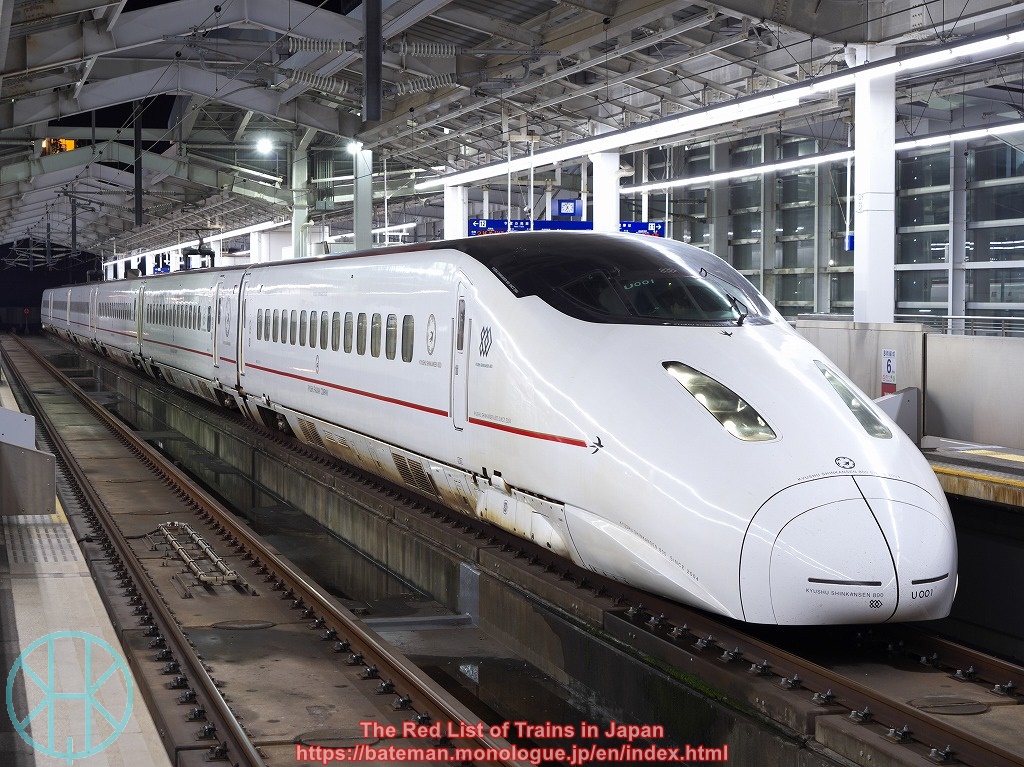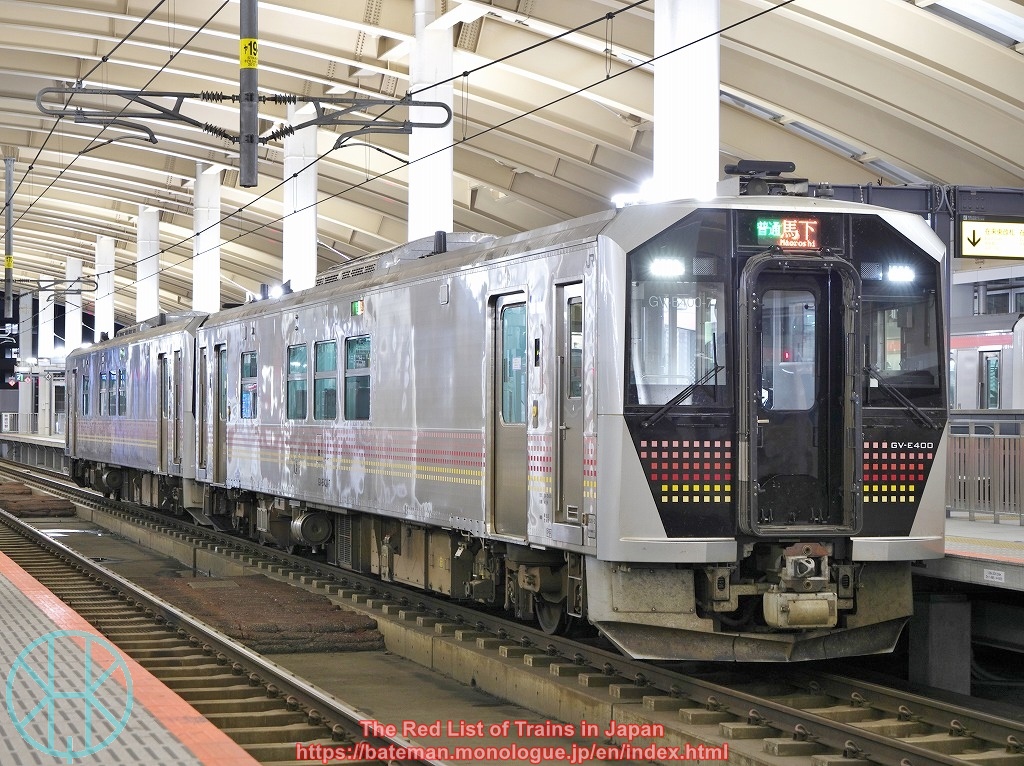Introduction
Commuter and suburban trains in the Greater Tokyo Area in 1973 might look quite different for some people, while those who remember the railway before Shonan-Shinjuku Line opened would not think so. Most railways in the capital have already been what we know today.
As the population in the area skyrocketed in the 1960s and 70s, trains were extremely overcrowded, with up to more than three times more passengers than maximum capacity were on a train every single day. JNR had to do something to improve "commuting hell" so that it implemented Five Directions Operation (also known as Tokyo five-direction strategy) in 1965. The seven-year project included constructions converting double-track to quadruple-track railways, making each train longer with more coaches and introducing more new trains. Not all constructions completed by 1973, but a dramatic progress had already been observed.
This article looks into five directions and inner-Tokyo, and compare them a little with the current timetables.
Chuo Main Line
Chuo Main Line was the first JNR railway to be dramatically modernised as the number of passengers had exponentially increased since the late-1950s. In 1973, commuter trains (mostly 103 series) have already been painted either orange (Rapid) or yellow (Local). Service frequency has been unchanged on both lines (though Special Rapid trains ran only at daytime in 1973).
The orange trains mostly ran between Tokyo and Takao, while the yellow trains were running between Mitaka and Chiba, both exactly as we see today. There have been through-services between Mitaka and Nishi-funabashi on Tozai Line (TRTA at that time, now Tokyo Metro) since 1969. Duration of trains were almost the same as we see today too.
Then, were not there any major difference between timetables in 1973 and 2023? There was one that may be worth noting: regional "stopping services" to and from Shinjuku in 1973. They were either loco-hauled or 115 series. There were nine services a day as shown below including one night train (though standard-class seats only).
| Shinjuku (6:20) | → | Nagano (16:04) |
| Shinjuku (7:08) | → | Kofu (9:56) |
| Shinjuku (12:08) | → | Matsumoto (19:19) |
| Shinjuku (13:40) | → | Kofu (16:16) |
| Shinjuku (14:35) | → | Matsumoto (21:00) |
| Shinjuku (16:30) | → | Kofu (19:08) |
| Shinjuku (17:10) | → | Matsumoto (22:48) |
| Shinjuku (21:00) | → | Kofu (23:18) |
| Shinjuku (23:55) | → | Nagano (10:11) |
It is also worth noting that these "stopping services" did not call at Mitaka, Kokubunji, Hino, Toyoda and Nishi-Hachioji despite "Rapid" trains stopped at all of those stations. It might have been extremely confusing for those who were not well versed in the railway.
These long-distance "stopping services" were discontinued in 1993 as Special Rapid services were extended to Otsuki.
Tohoku Main and Takasaki Lines
They were quite different from what we see today as there was no Shonan-Shinjuku and Ueno-Tokyo Lines. In 1973, all regional services were to and from Ueno. Short and middle-distance trains were provided by 115 series while long-distance ones were loco-hauled.
Most trains went as far as Utsunomiya, Kuroiso or Nikko. In addition, there were many long-distance regional services. For example, a train departing Ueno at 5:08 terminated at Koriyama (11:17), and another one leaving Ueno at 16:14 terminated at Fukushima (22:39). The longest regional train, which left Ueno at 11:17, was for Ichinoseki in Iwate Prefecture (440 km or 274 miles north of Tokyo) arriving at 23:02. However, the number of trains per se was far fewer than today, with only one or two trains per hour at daytime.
Today, regional services run only as far as Utsunomiya, but with five trains per hour at daytime. JNR had been focusing to long-distance intercity services back in 1973, but JR East adopted a different approach by running more short-distance trains. Since long-distance journeys are mostly covered by bullet trains, regional trains towards Fukushima or Miyagi are no longer needed. The current timetables must be far more convenient for local residents than those in 1973.
Joban Line
Joban Line services have been complicated for more than 50 years, but it was even worse in 1973. There had been regional "stopping services" that actually passed some small stations, Rapid trains, and Local trains calling at all stations. Regional "stopping services" were mostly 415 series while Rapid and Local trains were 103 series. In addition, some Local trains were provided by 5000 series and 6000 series from Chiyoda Line.
Regional "stopping services" included trains from Ueno to Takahagi, Taira (now Iwaki) and even Sendai. They were mostly 415 series, but two trains per day running towards Sendai were loco-hauled. Moreover, the last train of day from Ueno (23:24) to Mito (1:28) was KiHa 58 series diesel train despite the line was fully electrified. There was only one train per hour at daytime and just two trains even during rush hours. Today, three E531 series trains per hour run towards Tsuchiura or Mito at daytime.
Rapid trains between Ueno and Toride are mostly unchanged: there have been trains every 20 minutes at daytime and more during rush hours. However, there were only two services a day from Ueno to Narita via Narita Line in 1973 (both of them were coaches hauled by a diesel locomotive), while the direct train runs hourly today.
Local trains have been mostly unchanged except the through-services to Chiyoda Line. In 1973, the underground between Yoyogi-koen and Yoyogi-uehara was still under construction, hence there was no direct service to and from Odakyu line.
Sobu Main Line
Local services were almost as the same as the current timetable, though mostly provided by 103 series in 1973.
When it comes to Rapid services, frequency and duration were not so different than what we see today. 113 series trains were mostly used. The most significant difference was that Sobu Line Rapid services started from or terminated at Tokyo station, and there was no direct train to and from Yokosuka Line.
It must also be worth noting that Keiyo Line did not exist in 1973.
Tokaido Main and Yokosuka Lines
Until 1980, Tokaido Main and Yokosuka Lines shared the same tracks. Nishi-Oi, Musashi-Kosugi, Shin-Kawasaki and Higashi-Totsuka stations did not exist in 1973.
There were many Tokaido Line stopping services during rush hours. For example, six trains left Tokyo station between 5 pm and 6 pm (while there are seven trains today, excluding Ueno-Tokyo Line trains terminating at Shinagawa). However, there were only 1-4 trains per hour in the early afternoon, making it inconvenient for local residents.
Most suburban trains were for Odawara, Atami or Numazu just like we see today, but there were even longer services like Shizuoka and Hamamatsu. The longest suburban train was for Ogaki in Gifu Prefecture, leaving Tokyo at 23:35 and arriving Ogaki at 7:10. This overnight regional train was later rearranged to Moonlight Nagara and well-known among backpackers until when it was discontinued in 2020.
Meanwhile, Yokosuka Line trains seem to have been treated as less important railway than Tokaido Main Line. The 1973 timetable shows that there were only 3-4 trains per hour for most of the time, and up to just six trains from 5 pm to 6 pm. And like other JNR trains, the services were infrequent. For example, when you missed a 15:56 service at Tokyo station, you had to wait for a 16:35 service. But there was another train six minutes later.
Today, trains depart Tokyo every 15 minutes during off-peak times and there are up to eight trains per hour at peak times. You sometimes have to wait for up to 19 minutes, but still better than back in 1973.
Inner-Tokyo
Yamanote Line has been mostly unchanged since 1973 except rolling stock (103 series) and Takanawa Gateway station. However, there were some major changes in the previous year: the line was renamed from "Yamate Line" to "Yamanote Line", and de facto branch line between Ikebukuro and Akabane was separated and renamed "Akabane Line".
Akabane Line was just 5.5 km (3.4 miles) long, and eight-car 103 series ran every 5-10 minutes. Despite being short, the timetable suggests that there were many passengers between Ikebukuro and Akabane. When Saikyo Line opened in 1985, Akabane Line was incorporated to it. Today, "Akabane Line" has almost been forgotten though it is still registered as the official name.
Personal Views
Comparisons and subsequent minimal analysis show that there are a few things that were clearly different 50 years ago. Even apart from several railways that did not exist in 1973 (namely Keiyo, Saikyo, Shonan-Shinjuku and Ueno-Tokyo Lines), JNR had not implemented convenient services with frequent trains when it came to suburban rails, though commuter rails have already been similar to what we see today. The Five Directions Operation was about to be completed, but service patterns were yet to be fully modernised.
At that time, JNR had still been concentrating on long-distance trains. Such a policy was applicable not only to Express and Limited Express trains but also to regional stopping services. Such inefficient services across the country lead to a sharp decline in demand but trade unions strongly refused reforms, which eventually lead to the privatisation. JNR finally introduced completely new timetables that included short but frequent trains in November 1986, just five months before JNR became JR.
Long-distance regional stopping services sound attractive for younger generation (including me), but commuters living in suburbs of Tokyo might have felt more stressful than today. Though JR has many problems in these days, things have surely been improved in the last five decades.


















































